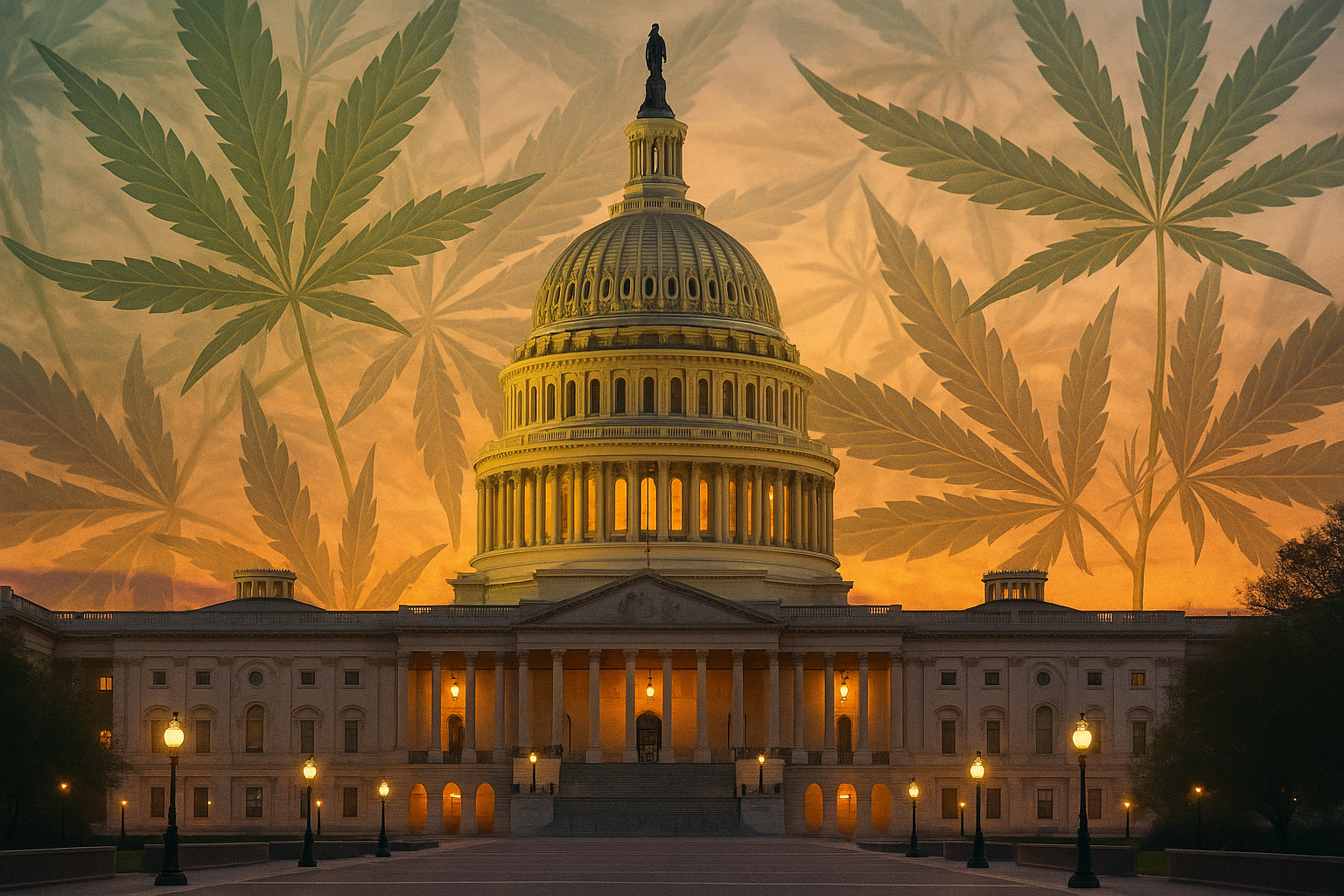
In a decisive moment for the U.S. hemp and cannabinoid industry, Senate appropriators—facing strong pushback from within and outside Congress—removed language from the 2025 Ag‑FDA spending bill that would have federally banned consumable hemp products containing any detectable THC. The hotly debated ban, which appeared poised to redefine the industry’s future, was struck in July–August 2025 after advocacy from Sen. Rand Paul and formidable objections from diverse business and agricultural coalitions (Cannabis Business Times coverage, July 2025).
With the Senate’s action, the immediate threat of a federal shutdown of intoxicating hemp cannabinoids within this crucial appropriations bill has receded. For operators and investors navigating the hemp, delta-8, and minor cannabinoid landscape, settling the dust on this provision brings temporary relief. However, critical questions persist: What does this mean for the market’s future? Will federal preemption or a ban resurface? And how should hemp brands adapt amid ongoing state-level patchwork compliance obligations?
1. The Heightened Risk Remains Unresolved
While Senate leaders dropped the detectable THC ban from their version of the FY2025 Ag-FDA spending bill, the controversy has only migrated, not disappeared. The U.S. House retains the posture that some form of limit or outright ban on intoxicating hemp products remains necessary. Meanwhile, as the bill advances to conference, conflicting House and Senate positions foreshadow further negotiation (Politico Pro notes, August 2025).
Industry sources suggest the hemp sector should expect no near-term federal harmonization. Indeed, similar restrictions could reappear in alternate legislative proposals, regulatory amendments, or next year’s budget vehicles. Senate staff privy to the negotiations caution that “the issue isn’t off the table for 2026.”
2. State-by-State Patchwork Persists—and May Expand
With the detectable THC ban halted at the federal level (for now), responsibility for cannabinoid product regulation remains firmly in the domain of state agencies. The result: an increasingly fragmented landscape characterized by widely varying rules on potency thresholds, product types, age minimums, testing requirements, and even outright synthetic cannabinoid bans.
3. No Federal Preemption or Uniformity
The withdrawal of the detectable THC provision sends a clear signal: hemp brands should not count on federal preemption or consistent rules across state lines any time soon. Business leaders must continue to navigate highly divergent state and local regulations, each dictating separate compliance, labeling, and formulation standards.
4. Prepare for Shifting Regulatory Terrain into Q4 2025 and Beyond
The political volatility around intoxicating hemp remains intense. Many lawmakers view intoxicating delta-8 and similar products as unintended loopholes from the 2018 Farm Bill that need immediate closure. Advocacy groups, parents’ organizations, and regulators are likely to keep pushing for tighter controls, while the industry will continue lobbying for clarity and practical oversight, not prohibition.
Without a federal detectable THC ban, every state remains empowered to set its own licensing, sales, and product composition rules. Operators must:
The detectable THC ban’s removal does not end the conversation around product safety and child access. The following considerations are essential for compliance and risk management:
The attempted federal detectable THC ban already galvanized heightened enforcement activity in many states:
Brands should ensure all products in market are compliant with the most recent state regulations to avoid costly enforcement actions, reputational harm, or supply chain disruption.
The 2025 Senate Ag-FDA bill’s omission of the detectable THC ban is a short-term victory for hemp operators, but the issue is far from settled:
1. Implement Multi-State Compliance Systems: Audit product lines and compliance protocols for every market you serve.
2. Develop Contingency Formulations: Prepare to quickly revise SKUs for states that change potency or cannabinoid limits.
3. Maintain Robust Documentation: Keep closely organized lab results, batch records, and ingredient sourcing documentation.
4. Monitor Federal and State Legislative Calendars: Assign team roles to track federal bill progress, state legislative sessions, and emergency rulemakings that could affect your operations.
5. Join Industry Associations: Engage with national and state hemp or cannabis associations to stay informed and have input in policy formation.
The defeat—at least for now—of the detectable THC ban in the Senate’s Ag‑FDA bill is relief for much of the hemp-derived cannabinoid industry. But the landscape remains unstable and highly jurisdictional. The absence of federal preemption keeps the legal environment fragmented. All stakeholders—brands, retailers, compliance professionals, and investors—should prioritize agile compliance and be ready to respond to renewed federal or state challenges in Q4 2025 and 2026.
Stay ahead of evolving cannabis compliance, licensing, and regulatory developments with CannabisRegulations.ai. Our platform provides real-time updates, interactive rule tracking, and expert content to help your business navigate the complexities of the hemp and cannabis sector.